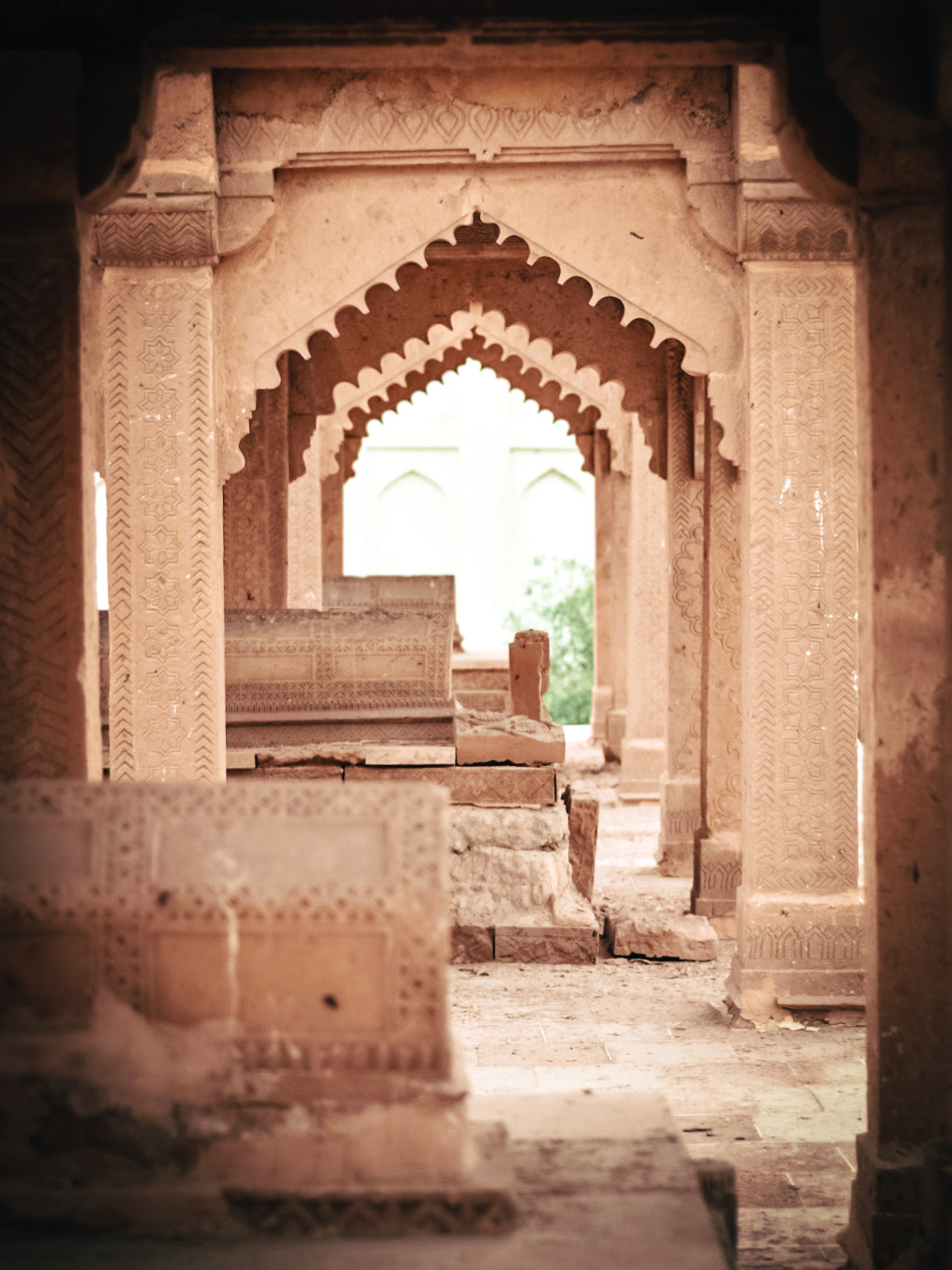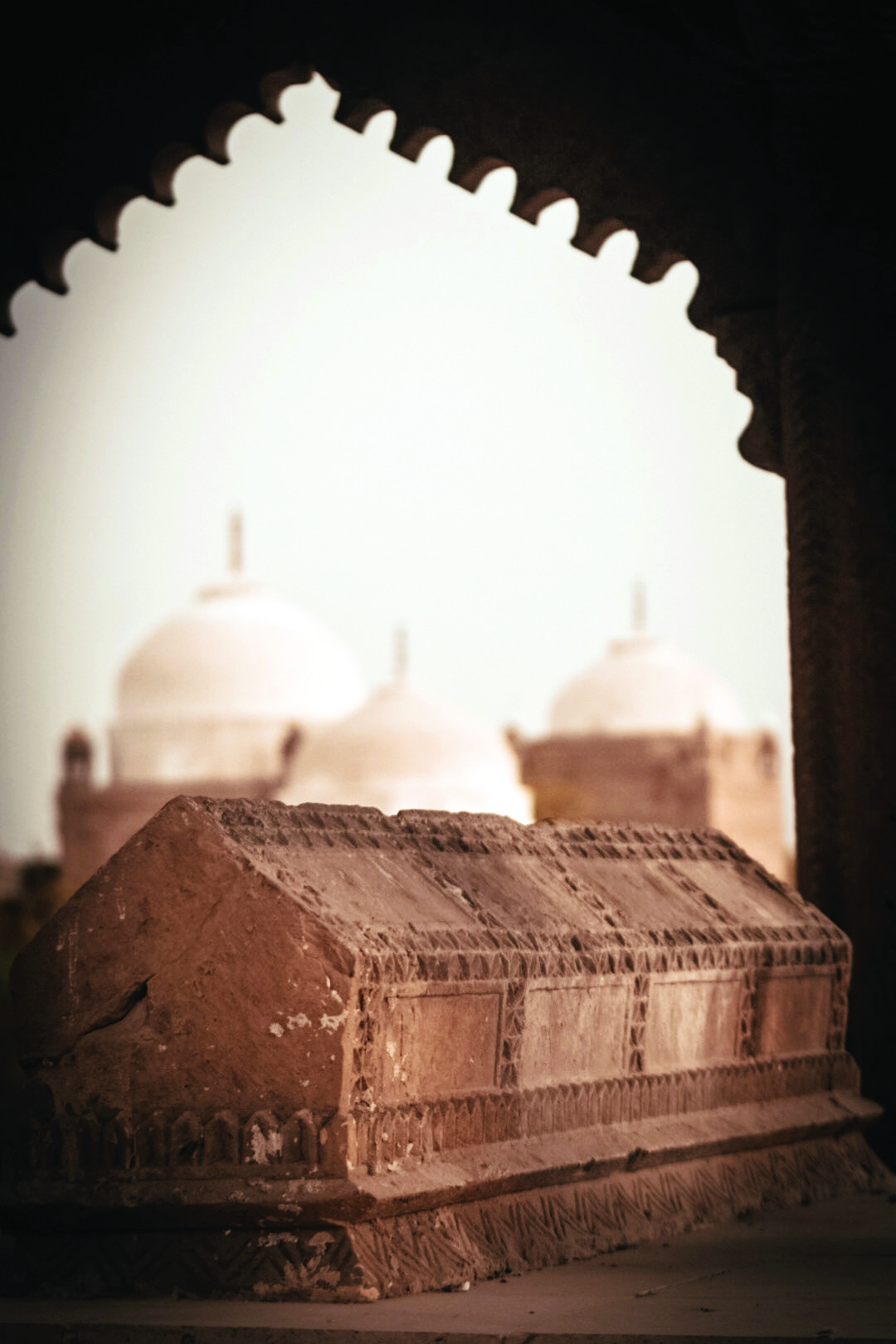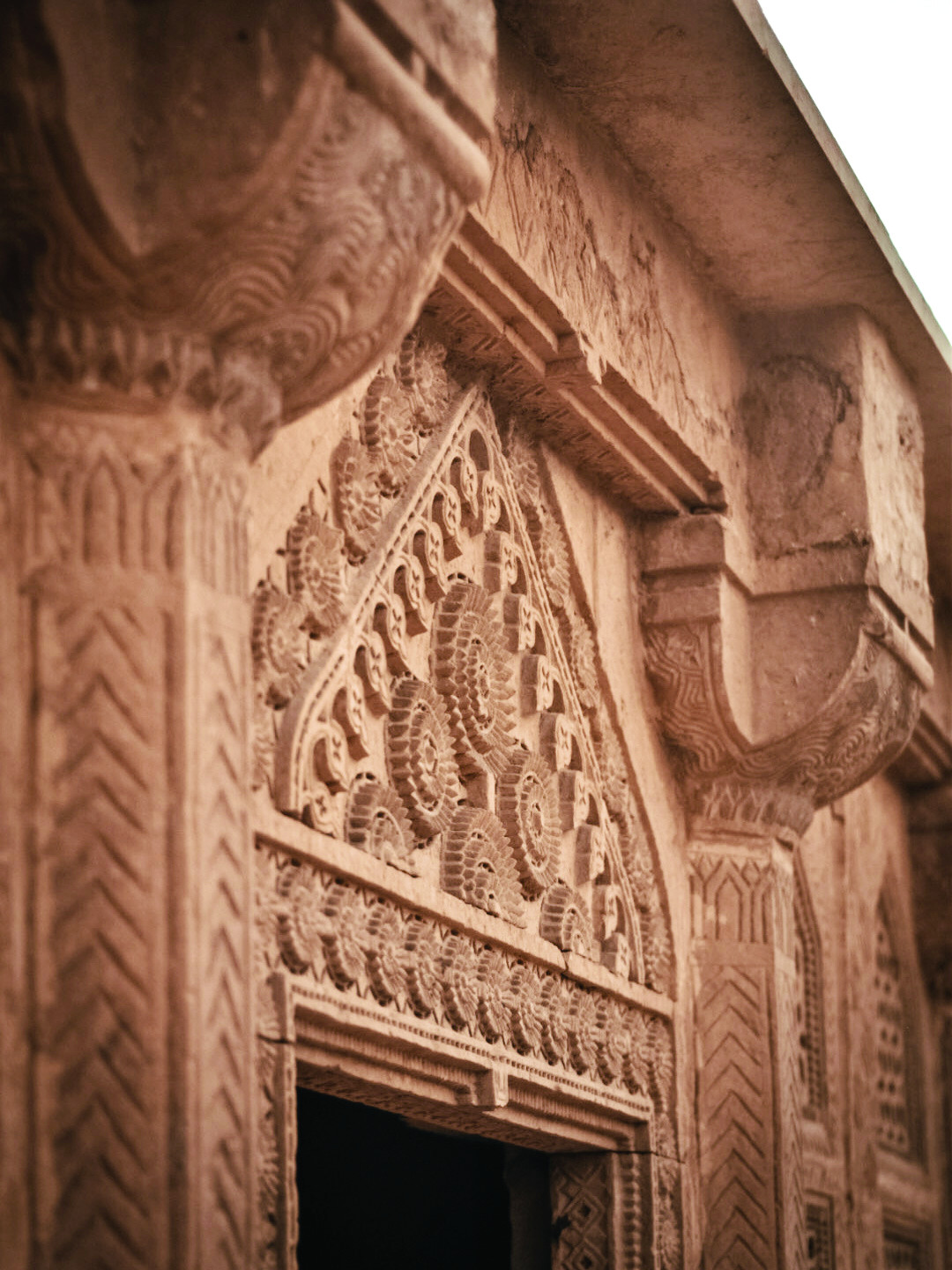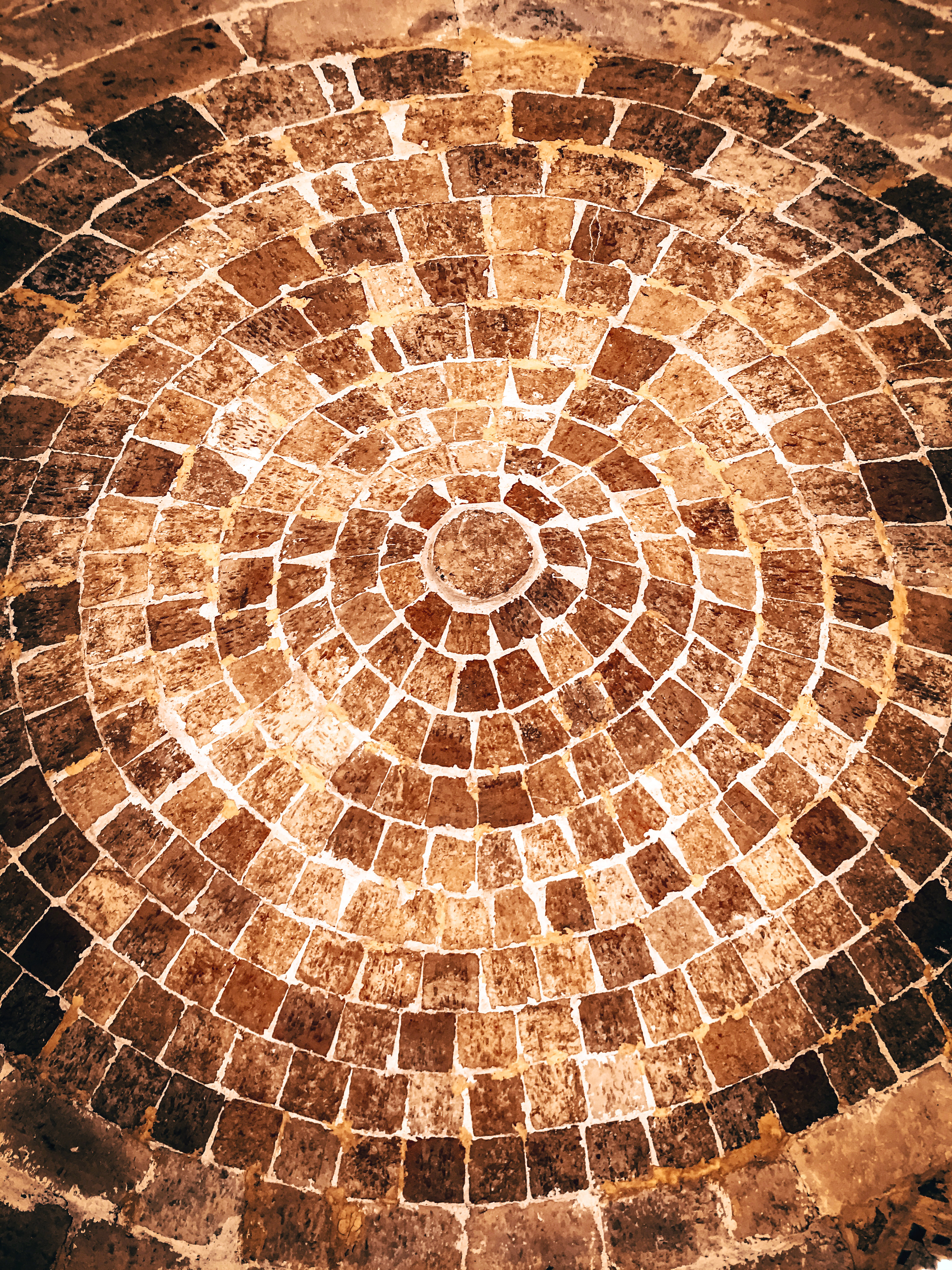
As we all know, Sindh has always been known for it’s rich culture and heritage. Indus civilization is one of the oldest civilization and due to this we have a great number of shrouded heritage sites in the province of Sindh that we are completely unaware of. Almost everyone knows about the famous graveyard of Makli in Sindh, which is one the largest funeral sites of the world but the lesser known graveyard of Chitori is also present in Sindh.
Early one morning, I asked my friend to join me as I headed to Chitori to capture its hidden gems. My friend was kind enough to pick me up and we started our journey towards Chitori. Chitori, at the distance of about 22 kilometers northeast, is not that far from my town of Mirpurkhas. Chittori Graveyard is the historic ancestral graveyard of the Talpur Mirs of Mirpurkhas, Sindh. The sandstone tombs built by Talpur rulers over the graves of their elders are finest examples of Sindh's architecture prevalent in the 17th and 18th century. The tomb of founder of Mirpurkhas, Mir Ali Murad Talpur, and the tomb of Mir Allahyar, who was the founder of Tando Allahyar, is also here.

When we entered the gate of the graveyard, we found nothing but an eerie deafening silence. It occurred to me that the silence was despite the fact that there were hundreds of people here, sleeping their last sleep. As I came out of the car with the camera in my hand, an old man came and told me, “Yahan tasveeren utarna mana hai.” There are many times in my life when I’ve heard those words. Since I first began taking pictures, I have been told off for doing so.

Yes, there are some sensitive places where noone should be allowed to capture images but I don’t get why they stop photographers from capturing the heritage and beauty of this country. Anyways, I elaborated my intentions for the images that I’ll take and fortunately the old man, the grave keeper, understood, and allowed me to proceed.
The Chitori Graveyard is full of immense beauty. If you love historical places and heritage sites then this place is one of best place to visit in this region. Some old tombs or Mankani Talpurs Dynasty are really nicely renovated. These masterpieces were made with yellow stone carvings over the gravestones and mausoleums. This graveyard also reveals the history and craftsmanship of Kalhora and Talpur dynasties spanning over two centuries. A huge amount of Rajastani stone came from Rajasthan, India for these tombs. There were some broken pieces of those stones, which I tried to pick up but surprisingly that tiny piece of stone was way heavier than I expected and I placed it back where it was. The Chitori graveyard consists of twelve structures (four yellow carved stone canopies, five yellow carved stone tombs and three burnt brick tombs). The graveyard belongs to the Talpur period (1783 - 1843 AD) and almost all the famous Talpur rulers, who held important positions in Kalhora rule, are buried in Chitori graveyard.

After taking my desired shots I went back to that old man again and asked him some unknown facts about this graveyard which one wouldn’t chance upon through a cursory search on the internet. According to him, Mir Masu Khan Talpur was the first Talpur Mir to be buried there, he told me that there was a time when people – especially the Talpurs - used to feel honor at being buried here and this graveyard held a spiritual attachment. We spotted many peacocks there and I asked the him about them on which he smiled and said these peacocks don’t belong to anyone, they just come here daily and do ‘zikr.’ During the time when I was asking him these questions, the peacocks were still making sounds in the background and surprisingly I witnessed a peacock flying for the first time in my life.
After doing some more probing from the man, I ferreted out that many unsung heroes were buried in this graveyard such as like Mir Fateh Talpur, who played a vital role in sustaining Sindh. Other graves also include those of the martyrs of Dubba Battle, which was held in 1843. The site has been renovated and restored by culture department of Government of Sindh, and it is approximately 3.32 km north-west of Sanghar-Mirpurkhas Raod, Mirpurkhas spreading over 35 acres of land. So after having a great chat with the gravekeeper, who had initially stopped us taking pictures bu eventually relented and even let me shoot a portrait shot of him, we got back to our car and began our journey back.
If you are looking up for a peaceful sunset or a sunrise or even looking up for an educational trip for your kids, this site is the perfect choice.
